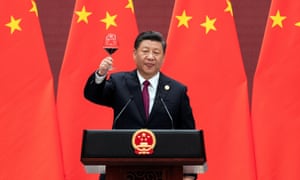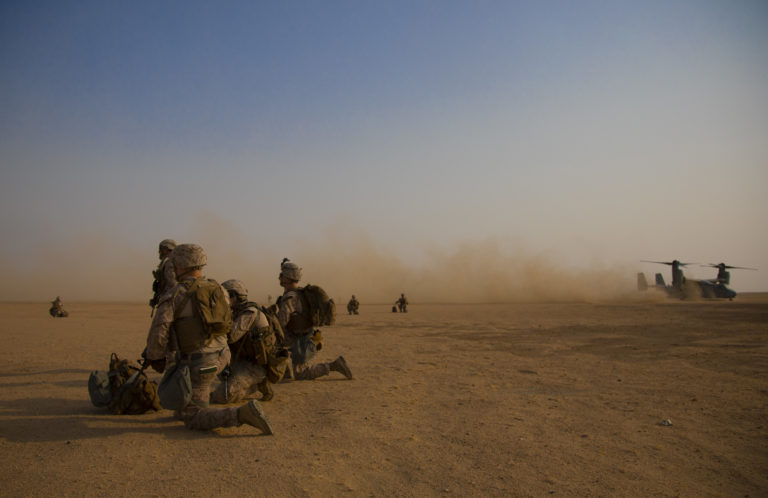 Even as China speaks of ‘early harvest’ in border negotiations, existing Confidence Building Measures need to be improved in 2020 for a good crop to both the countries.
Even as China speaks of ‘early harvest’ in border negotiations, existing Confidence Building Measures need to be improved in 2020 for a good crop to both the countries.
This has been a turbulent and eventful year for Sino-Indian relations. The informal summits between Prime Minister Narendra Modi and Chinese President Xi Jinping, helped maintain a ‘sound momentum’ in 2019, reported PTI sounding an optimistic note.
Doval-Wang Yi meet
However, while preparing the balance sheet of 2019, it is not easy to objectively see the ‘sound momentum’. After the 22nd Meeting of the Special Representatives (SR) of India and China held in New Delhi on December 21, between National Security Adviser Ajit Doval and Chinese Foreign Minister Wang Yi, an Indian communiqué mentioned: “The talks were constructive with focus on taking forward the India-China Closer Developmental Partnership as per the guidance provided by Prime Minister Narendra Modi and President Xi Jinping at the 2nd Informal Summit at Chennai in October 2019.” The two spoke of “the importance of approaching the boundary question from the strategic perspective of India-China relations and agreed that an early settlement of the boundary question serves the fundamental interests of both countries.” This approach is not new.
During the meetings of the officials in 1960, while the negotiators of the two countries looked at the issue from a historic and juristic angle, in July 1961, China proposed a new ‘strategic’ approach. Zhang Wenji, director of the Foreign Ministry’s Asian Affairs Department met G Parthasarathy (GP), the Indian Chargé d’Affaires in Beijing. Zhang suggested that “each country presents a factual basis and, objectively compares them, looking to see whose information is relatively more logical, and finally parceling the land out to the country whose version is more beneficial to the two countries’ friendship.”












/arc-anglerfish-arc2-prod-mco.s3.amazonaws.com/public/JVKJY5UFXBHYTGUNUOR7C62UKU.jpg)

